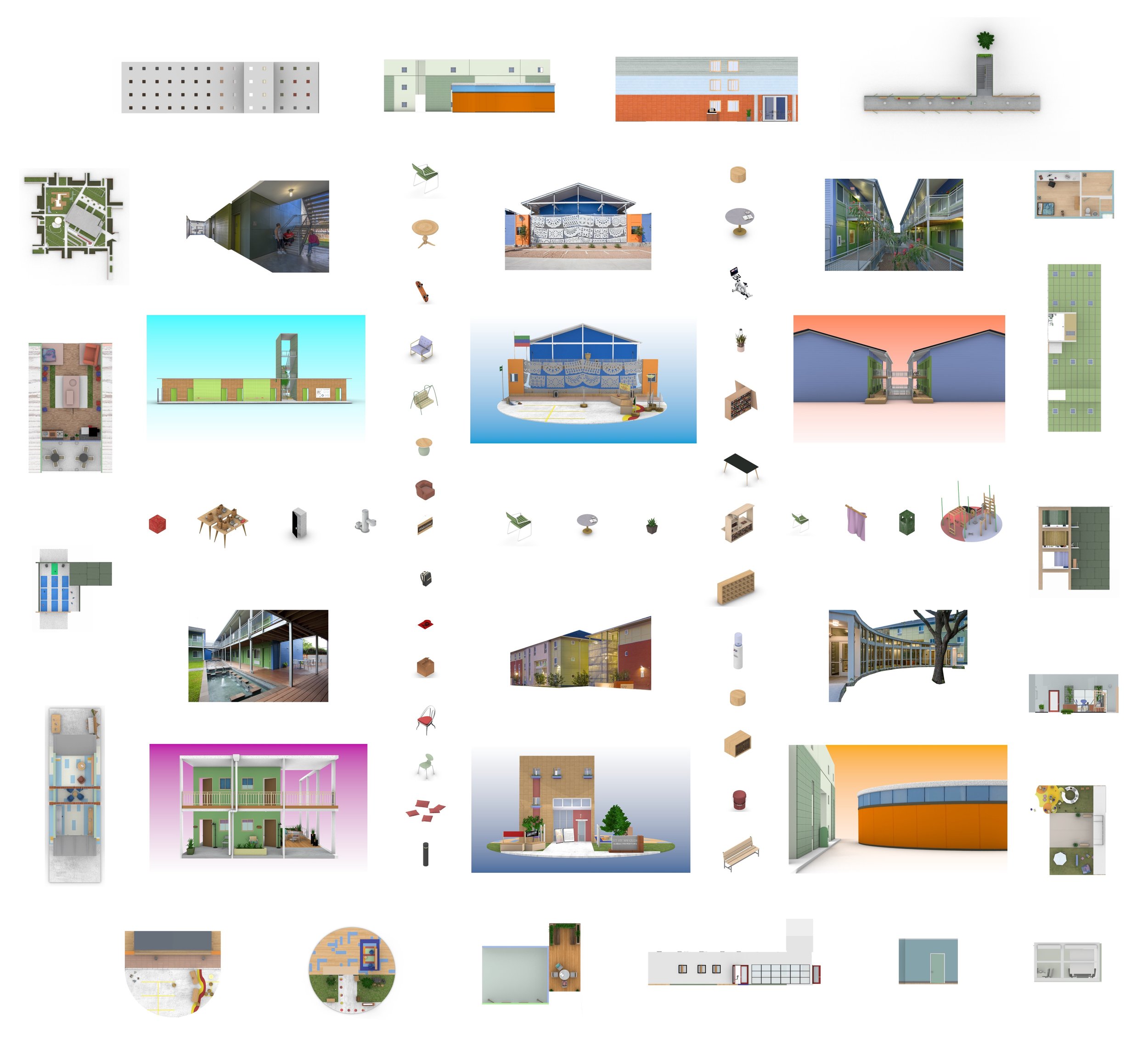What Coheres Architecture
De Peter Yi’s piece for PLAT 4.0, “Canonical Collective,” challenged the way that the idea of the public has traditionally been reduced to a singular entity. Yi’s position was that the collective is multifarious, his exploration was about how architectural and tectonic elements can produce social opportunities for that collectivity. In PLAT 10.5, he revisits the multiple versus the singular focusing on what coheres architecture.
My work pursues answers to a simple question: What coheres architecture?
If design involves making sense of the discordant forces shaping the built environment to propose better futures, then coherence (both in its definition of a unified whole, as well as the quality of being logical and consistent) connects all acts of design together.
The subject of the question is deliberately open-ended. What coheres architecture? Is it the designer, or the audiences we design for? Is it form, or is it space? Is it physical matter, or immaterial forces? All flavors of architectural dichotomies fit here.
The easy answer (all of the above) is also the most logical. But in revisiting Canonical Collective, itself a rumination of my final thesis review at Rice, I’ve rephrased my own question: what is a coherent architecture?
This has been harder to answer.
My thesis project, a housing block that empowers young migrant workers living in Beijing, posits that the image of the single building is necessary for a coherent architecture. Since then, I’ve become more interested in a more complex deployment of the image that favors the multiple over the singular. Take for example, the Single Room Occupancy housing typology. It exists inunder many forms, transforms through its use by diverse communities, and borrows from the urban fabric that surrounds it. How do we image an architecture that defies definitions of coherence as understood through the single “canonical” building?
I believe this is where new design agency can be found.


